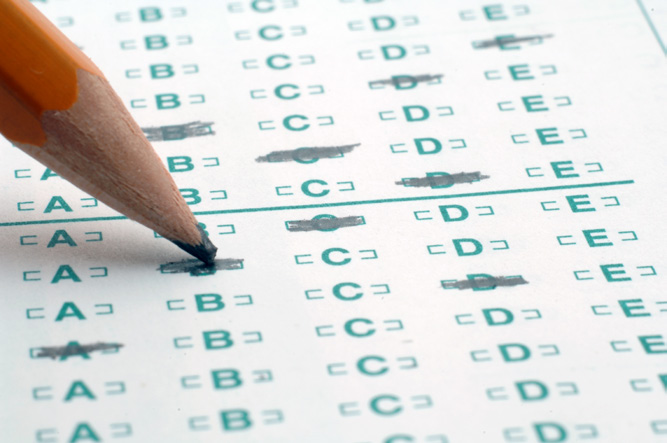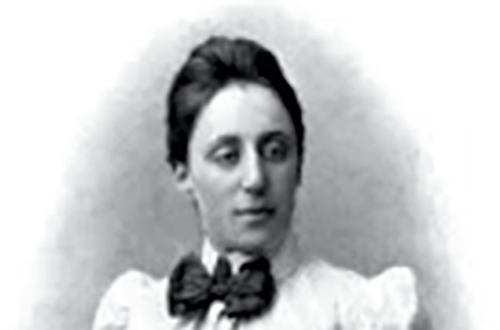Cherra-Lynne Olthof
My Grade 8 students posed an interesting question in math class during the probability unit: Could you pass a multiple-choice test without knowing any of the content?
Our theory was that since you have a one-quarter chance of selecting a correct answer, you should at least likely score 25 per cent. So here was the set-up: I created a 10-question test with randomly selected answers (through Google Forms). The students took the test, and then we looked at their scores. The class average was 25.2 per cent (yay for probability!) with a range of 0–6 questions correct (yes, someone passed!).
Each iteration of the experiment seemed to generate more ideas with different ways to try and find new answers.
This generated a flurry of questions from the students. Could they do better if they took the test again? (Spoiler alert: they did not). Since they were unable to figure out which questions they had correct and which they had wrong, the second test results were comparatively the same as the first (class average of 26.7 per cent). So, what were some of their follow-up questions?
- What if they could look back at previous answers and adjust theirs over multiple trials?
- If they could keep track of their answers to see which iterations of the answer key led to a more successful score, could they figure out which questions were right and which were wrong?
- Could they compare their answer keys with the keys of those students who had higher scores and from there figure out a better score?
- If they knew which questions were wrong and could select another answer, would their results increase in a statistically significant way?
The quality of the questions they were generating and their desire to develop a test for each hypothesis were quite stunning. Each iteration of the experiment seemed to generate more ideas with different ways to try and find new answers.
For the most part this obsession of how to score better led to a complex set of trial-and-error methods that took up probably more time than it should have. The only one we fully tested with any success was to see what would happen if they went back for a second time and changed just the answers they knew they got wrong. They weren’t allowed to cheat and compare (which they acknowledged would be an easy way to score very close to 100 per cent). So, in allowing them to correct wrong answers (now choosing from only three potential answers, having eliminated one) and resubmit, they discovered that their scores did indeed go up. But only 22 per cent of the class now had a passing mark, and the range of correct answers was 1 to 8 out of 10. They acknowledged that this was because their probability of scoring higher the second time was because they now had a one-third instead of one-quarter chance of selecting a correct answer.
What students ultimately concluded was that there was no reliable way to beat the system, and that, really, they should just study the course content. Oh. And read the question. 🙂
Cherra-Lynne Olthof has spent the majority of her career teaching Grades 6–9. Having “taught it all,” she has primarily been a math and language arts teacher for the majority of her career. She has spent all 20 of her teaching years with Chinook’s Edge School Division, and you can currently find her in a Grade 8 classroom in Didsbury, Alberta, at Westglen School. She makes her home in Carstairs with her husband, also a teacher, and her two teenage children.






